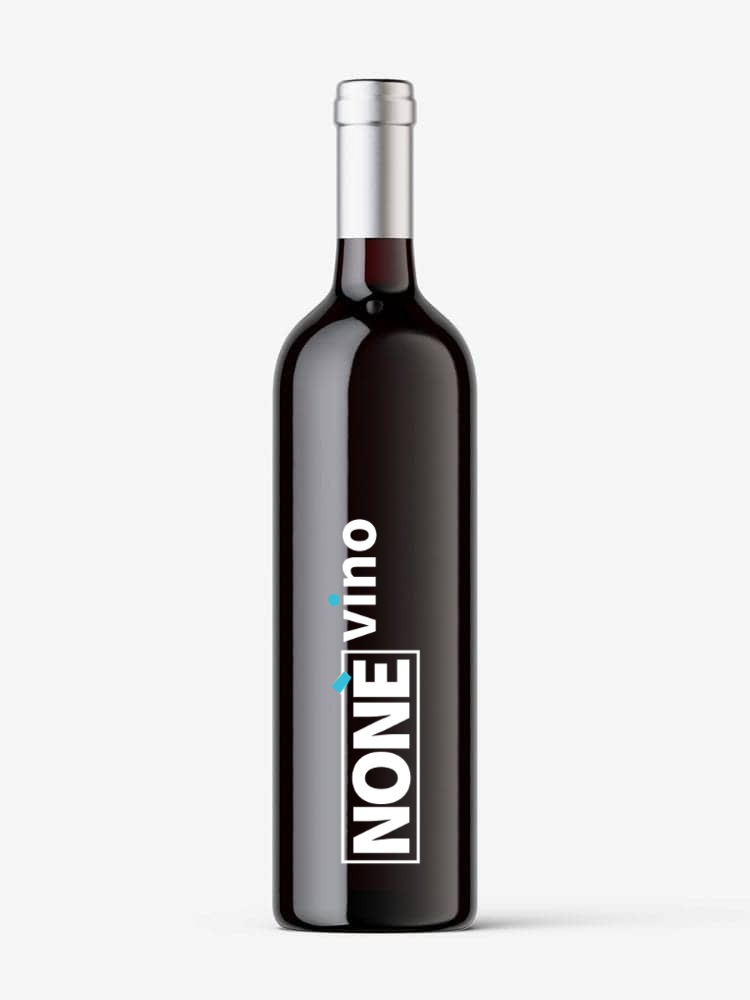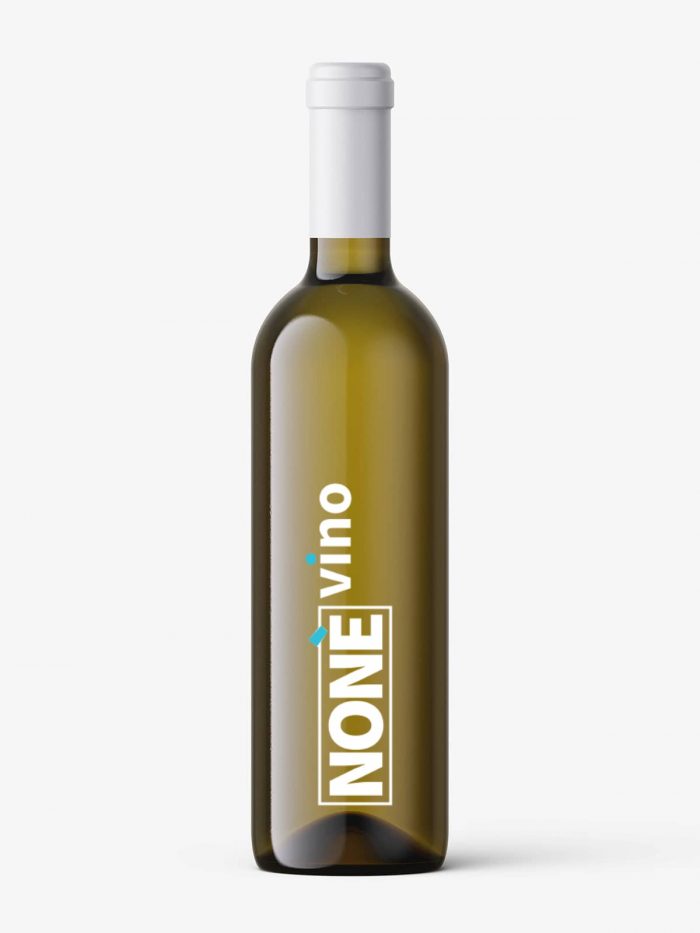The geographical area dedicated to the production of the Primitivo di Manduria DOC wine extends over the hills and plains located between the landscapes of the Salento Peninsula and the Ionian Arch, in an adequately ventilated, bright and favorable territory for the fulfillment of all the vegetative and productive functions of the vineyards.
The Production Area of the Primitivo di Manduria DOC wine is located in:
– province of Brindisi and includes the entire provincial territory.
– province of Taranto and includes the entire provincial territory.
During the vinification phases, only loyal and constant oenological practices of the area are allowed, suitable to give the wines their particular quality characteristics.
The oenological practices of vinification of the Primitivo di Manduria DOC wine include, among other things, that:
– The maximum yield of grapes in DOC Primitivo di Manduria wine must not exceed 70%.
– The grapes destined for the production of the Primitivo di Manduria DOC wine can be subjected to natural drying until they reach an alcoholic strength of at least 13 ° for the Primitivo di Manduria, and at least 13.50° for the Riserva version.
– Primitivo di Manduria DOC wine must be aged for about 6 months and, in any case, released on the market no earlier than March 31 of the year following the harvest.
– The Primitivo di Manduria Riserva DOC wine must be aged for 24 months, of which at least 9 in wooden barrels.
– On the labels of each type of DOC Primitivo di Manduria wine it is mandatory to report the year of production of the grapes.
The history of the “Primitivo” vine began at the end of the 18th century by don Filippo Indelicati who, in the countryside of Goia del Colle (Bari), selected this variety in the field among the others cultivated in his vineyard. word reveals the predisposition of this vine to early ripening.
Already in 1879, the best-known nineteenth-century ampelographer Frojo wrote: “Primitivo forms the exclusive cultivation of Gioia del Colle; it makes wine, by itself, of excellent taste and somewhat refined”.
Later other scholars of the time dealt with it from De Rovasenda to Molon, but above all Dal masso who commented: “Primitivo suffers from heat and is not very resistant to long droughts. Its phenological life is shorter than other varieties: in spite of the early ripening it is, in fact, of late budding and therefore little subject to damage from frost, the flowering is delicate and fairly resistant to attacks by fungal diseases.
A unique feature in the viticultural panorama, the so-called feminelle, in the area called racemes, reach perfect ripeness after the first harvest. In fact, about a month after the first harvest, the racemes were harvested, which certainly represented different characteristics from the main bunches, nevertheless the resulting must was vinified in purity and the wine obtained was drier and more tannic as well as more colored than that coming from the first harvest.
In the report of the lacini investigation (1871-1875) relating to the lands of Otranto the primitivo is not mentioned, but the Zagarese, the latter grape also described by Frojo and De Blasis in the catalog of wines of the province of Molise. Over the centuries, viticulture has maintained its role as the main crop of the territory, right up to the present day.
The Primitivo di Manduria DOC wine obtained the recognition of the Controlled Designation of Origin on 30 April 1974.







